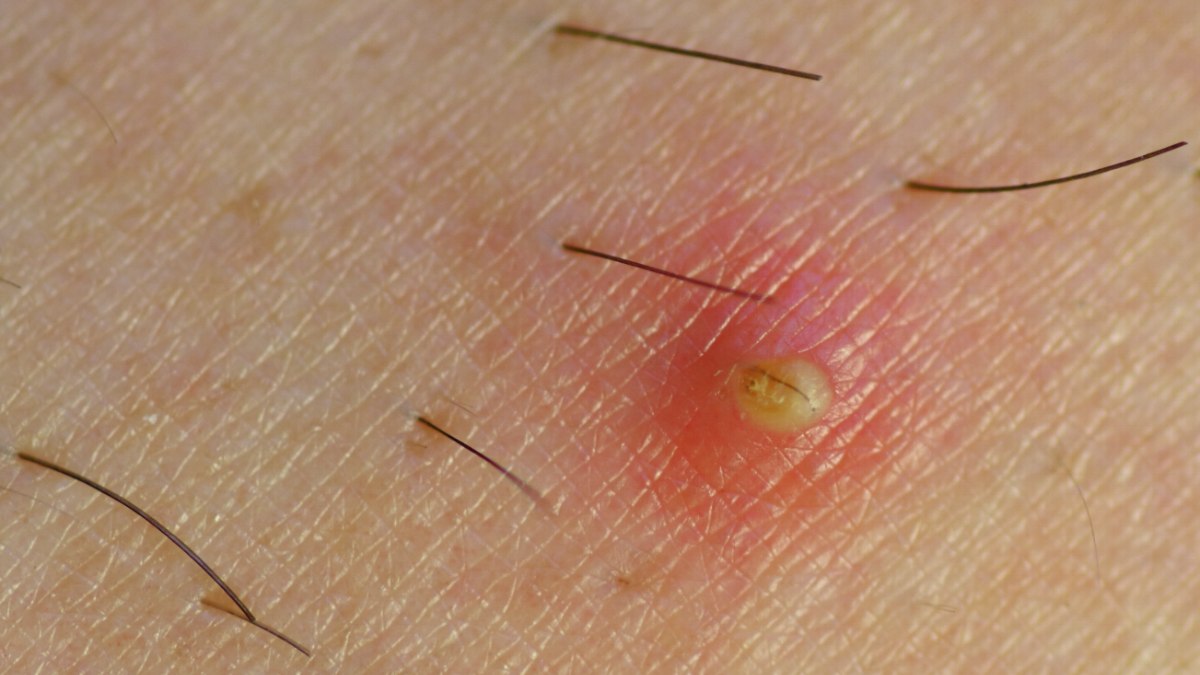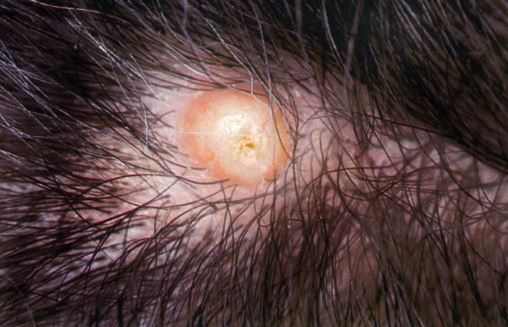Table Of Content

You may have a higher risk for ingrown hairs and related infections if your hair is naturally coarse or curly. These hair types are more likely to curl back into the skin when growing out after hair removal. Ingrown hairs in the pubic area can form cysts — sacs of fluid beneath the skin. A person may notice a lump, possibly with a hair visible beneath it.
Infected Ingrown Hair Connected to Life-Threatening Sepsis in Viral TikTok Video - Everyday Health
Infected Ingrown Hair Connected to Life-Threatening Sepsis in Viral TikTok Video.
Posted: Wed, 27 Mar 2024 07:00:00 GMT [source]
What medications are used to treat ingrown hair?
You’re also more likely to have ingrown hair if you have skin of color or thick, coarse or curly hair. Preventing ingrown hairs can decrease your risk of related infections. Not all ingrown hairs become infected, and they usually resolve on their own in a few days. Doctors treat staph infections with antibiotics to prevent other serious complications, such as a blood infection. The best way to prevent ingrown pubic hairs is not to shave or wax the area.
Medical tools and resources
For a severe infection, they can prescribe medication to treat it and coax the hair out. For example, prescription steroid creams can reduce inflammation, and prescription-strength antibiotic creams can treat the infection. According to the National Health Service (NHS) in the UK, a person can draw out an ingrown hair by using an exfoliating scrub.
Signs of an Infected Cyst From an Ingrown Hair
How to deal with ingrown hairs, from understanding causes to seeking medical help - The National
How to deal with ingrown hairs, from understanding causes to seeking medical help.
Posted: Sat, 23 Mar 2024 07:00:00 GMT [source]
Ingrown hair may worsen at first as the hair grows back. Infected ingrown hairs can also manifest as papules, which are small, solid, raised bumps that may be red or pink in color. Most ingrown hairs will go away on their own without treatment after a few days; though, severe cases may take several weeks. Anyone who shaves, tweezes or waxes their hair can develop ingrown hairs.
You may be able to get an idea of the type of ingrown hair cyst you're dealing with depending on where it is located on the body and what it looks like. Infected ingrown hairs take a bit longer to heal as your body is busy helping the ingrown hair exit the skin while fighting the infection. But you should see signs of improvement after a few days. Alongside pain and irritation, ingrown hairs can also make you self-conscious - so it’s understandable if you want it gone as soon as possible. In the days before your medical appointment, if possible, stop shaving or using any form of hair removal.

What are the symptoms of ingrown hair?
Your new hair may grow sideways and eventually curl back down. You can try using some topical treatments—either over-the-counter or prescription from your provider—to help with healing. Natural antimicrobials like tea tree oil can also be helpful. You can help the process along with a simple home remedy. Just apply a warm, clean washcloth as a compress to soften your skin, which can help move the hair to the surface of the cyst. If you notice one or more of these symptoms, see a physician or health professional for help as soon as possible.
What Does an Ingrown Hair Cyst Look Like?
In most cases, a few changes in a person’s skin care routine can significantly reduce the risk of ingrown hairs and related irritation or cysts. An ingrown hair cyst may go away on its own or with home treatment. However, in some cases, a cyst may not respond to home treatment or become infected. If this happens, people should speak with a healthcare professional.
Treatment options
Always consult a medical provider for diagnosis and treatment. Mild folliculitis will likely heal without scarring in a few days with basic self-care. More-serious or repeat infections may need prescription medicine.
Treatment for an Ingrown Hair Cyst
You may also be at greater risk of developing bumps with ingrown hairs if you have naturally curly hair. If the cyst looks infected or didn't go away after you tried at-home treatment, see a healthcare provider. They can give you antibiotics and other treatments to keep the infection from spreading and prevent scarring. If you have chronic ingrown hair problems, it might be best to avoid shaving altogether. Instead, consider permanent ways to remove hair, like laser treatments or electrolysis. Although quite not permanent, depilatory methods, which include liquid or cream treatments like Nair, can produce long-lasting results as well.
Taking measures to prevent ingrown hairs and treating any infections promptly can help prevent these. The first sign of an infected ingrown hair is often a bump. As the infection progresses, you may see pus, and the bump may grow larger. Each strand of hair grows in a follicle beneath the skin. When people wax or shave, they only remove the strands of hair, not the follicles.
For more tips from our Medical co-author, including how to use unverified natural products to treat your ingrown hair, read on. Contact your healthcare provider if you notice any signs of infection. If you notice an irritating, painful, or swollen bump on your skin after shaving, you likely have an ingrown hair.
Cysts often go away without treatment, but some require antibiotics or draining. If an individual has developed an MRSA infection that is resistant to certain antibiotics, a doctor can recommend other treatments. This may involve other antibiotics that are more effective against infections. Folliculitis is a common skin condition that happens when hair follicles become inflamed. At first it may look like small pimples around the tiny pockets from where each hair grows (hair follicles).
A dermatologist may recommend draining the fluid from the cyst by making a small incision. Sometimes, a doctor uses a small needle or blade to free the ingrown hair. An ingrown hair is a strand of hair that grows into, rather than out of, the skin. A doctor may only recommend treatment if the cyst seems infected or is causing issues such as pain. Any of these signs near an ingrown hair might indicate a staph infection.
They also occur more often in men who shave their beards. Shaving and waxing creates sharper hairs that tend to get trapped in the skin. Keep reading to learn how to recognize an infected ingrown hair, as well as tips for treating and preventing them.
Popping the cyst may release the liquid but will not get rid of the sac, and the cyst may grow back. They can figure out the type of cyst it is and drain it or remove it. Removing a hair can also cause the new hair that grows in its place to grow incorrectly.
No comments:
Post a Comment